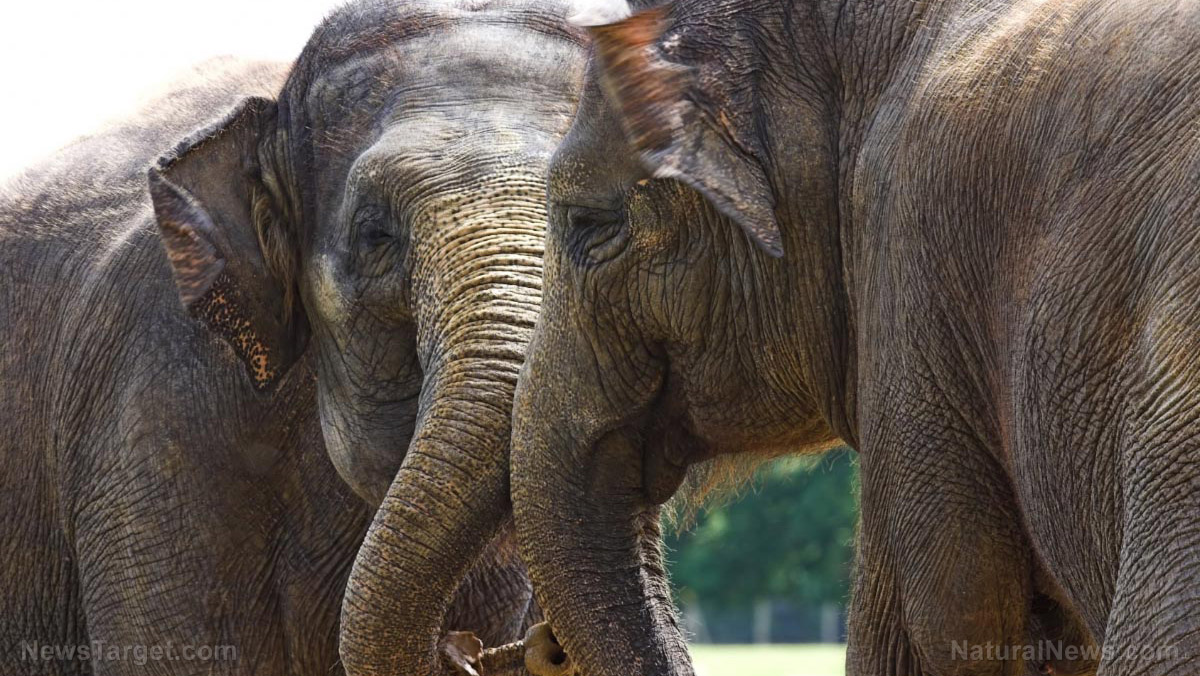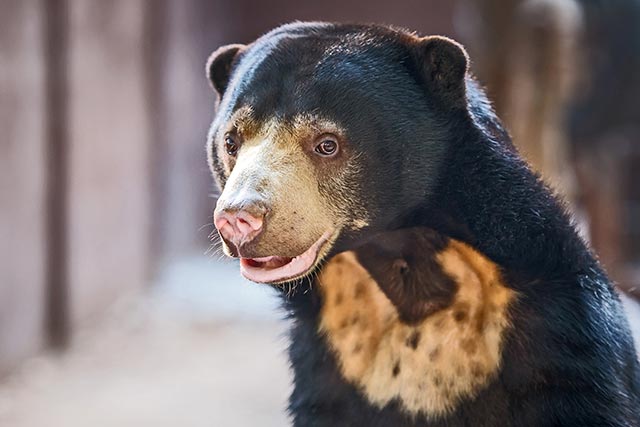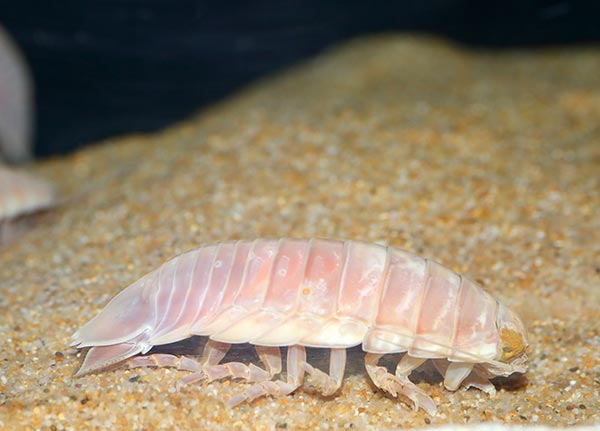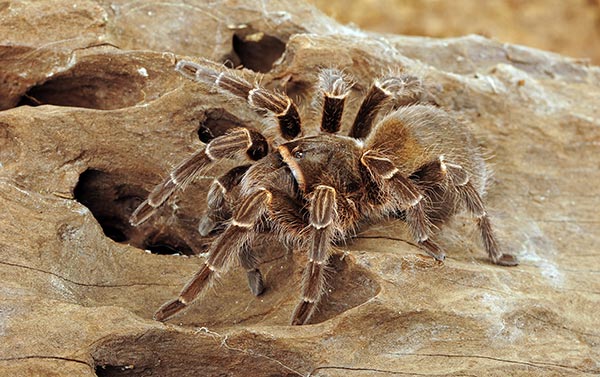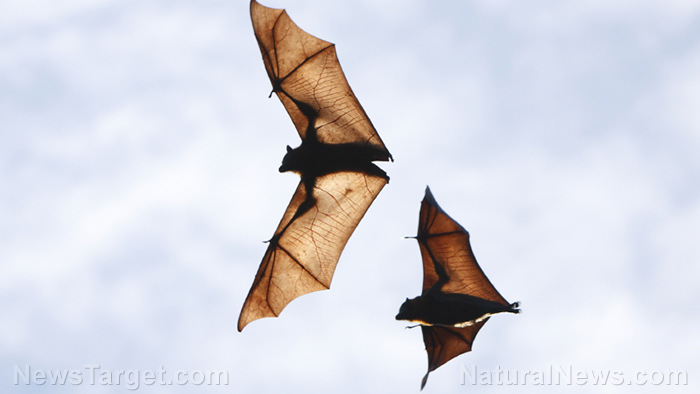
Two researchers from the University of Maryland (UMD) studied the evolutionary history of many known chiropteran species. They identified four bat species that live extremely long lives.
Horseshoe bats, long-eared bats, the common vampire bats, and mouse-eared bats are fairly small animals, yet they live longer than other animals of the same size.
The UMD researchers also came across two factors that influence the animals' longevity: size difference between opposite genders and length of hibernation.
Bats that spend more time in hibernation tend to live longer. On the other hand, bat species that have bigger males than females have shorter lifespans than species with similar-sized genders.
“Scientists are very interested in finding closely related species in which one is long lived and one is short lived, because it implies that there has been some recent change to allow one species to live longer,” explained UMD researcher Gerald Wilkinson. (Related: Pest-eating bats are easing financial pressure on farmers and may help regrow rainforests.)
The ability to adjust body temperature during hibernation might help bats live longer
Wilkinson and his fellow UMD researcher Danielle Adams examined both confirmed and potential factors relating to longevity. Known factors include size, the use of caves, and hibernation. Additionally, they looked at the size difference between the sexes.
They found that bat species that remained in hibernation for extended periods enjoyed longer lives than those that didn't. Wilkinson theorized that the animals' flexible body temperature during dormant periods might play a part.
The colder weather found at higher latitudes forces bats to hibernate longer. Their body temperature plummets during their deep sleep. At the end of their hibernation period, their bodies get warmer as they rouse.
“Of the lineages of bats that live a long time, three of them are hibernators and one of them is the vampire bat,” explained Wilkinson. “The vampire bat is very unusual for a mammal in that it can let its body temperature rise and fall throughout the day.”
Vampire bats rely on this ability to conserve energy when they fail to drink blood. This tolerance to body temperature fluctuations also allows them to fight infections better. A similar mechanism is used by the human body to some extent: When the immune system is dealing with foreign invaders, the body raises its temperature -- a phenomenon known as fever.
Some bat species traded longer lifespans for bigger males that fare better in sexual competition
Other bat adaptations, meanwhile, achieved the opposite effect. The UMD study found that bat species whose males are larger than females have shorter lifespans.
In most bat species, the female is bigger than the male. Since female bats must fly during pregnancy and while their babies are hitching rides on them, they benefit from being the bigger sex.
However, several species of tropical bats have it in reverse. Their males are bigger than their females.
Wilkinson theorized that the males of these species competed with one another fiercely over females. This higher level of aggression might have led to the evolution of larger-bodied male bats.
Larger males would have better chances of defeating other males and getting a mate. However, increased fighting over females might have also resulted in more deaths.
These aggressive and shorter-lived species might have found it more important to develop traits that helped males successfully breed with females rather than characteristics that ensured they live longer lives.
Wilkinson and Adams hope that learning more about what gave some species of bats their long lifespans will help humans live longer and healthier.
Sources include:
Please contact us for more information.


















